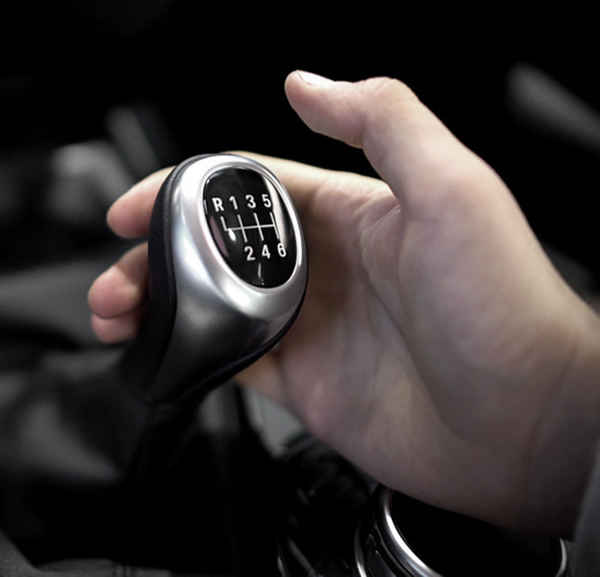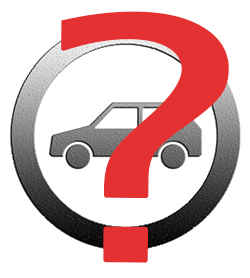Why do manual cars stall?

Why Manual Cars Stall: Understanding the Causes
Clutch Control Issues
- Clutch Pedal Release: Releasing the clutch too quickly without enough throttle input can cause the engine to stall.
- Clutch Engagement: Poor coordination between clutch engagement and throttle input, especially during gear changes, can result in stalling.
Insufficient Throttle Input
- Low RPM: Not giving enough gas when starting from a stop or when shifting gears can lead to stalling.
- High Gear at Low Speed: Attempting to drive in a high gear at low speeds without enough throttle can cause the engine to stall due to lack of power.
Engine Load Issues
- Heavy Loads: Trying to move off with a heavy load or while going uphill without sufficient throttle can overwhelm the engine and cause it to stall.
- AC or Other Accessories: Using air conditioning or other electrical accessories while idling or driving at low speeds without compensating with more throttle can lead to stalling.
Faulty Components
- Fuel System: Issues – example: clogged fuel injectors or a malfunctioning fuel pump can disrupt fuel delivery, leading to stalling.
- Ignition System: Problems with spark plugs, ignition coils, or the ignition timing can result in irregular engine operation, potentially causing stalls.
- Idle Control Valve: A faulty idle control valve can disrupt the engine’s idle speed control, causing stalling when the throttle is released.
What to Do When Your Car Stalls

Remain Calm:
- Panicking can make the situation worse. Take a deep breath and focus on restarting the engine.
Engage the Clutch:
- If the car is still rolling, press the clutch pedal to disengage the transmission from the engine.
Restart the Engine:
- Turn the ignition key to restart the engine while ensuring the gear is in neutral and the clutch is pressed.
Check for Issues:
- If stalling persists, consider potential mechanical issues and consult a professional mechanic for diagnosis and repair.
Tips to Prevent Stalling

- Practice Clutch Control: Spend time practicing smooth clutch engagement and throttle input to improve coordination.
- Downshift Appropriately: Downshift to lower gears when slowing down to maintain adequate engine RPM and prevent stalling.
- Anticipate Gear Changes: Anticipate gear changes by listening to the engine sound and matching throttle input accordingly.
- Maintain Your Vehicle: Regular maintenance, including fuel system cleaning and spark plug replacement, can help prevent stalling due to component issues.
- Stay Alert: Pay attention to driving conditions and adjust throttle input accordingly, especially when carrying heavy loads or using accessories like the AC.












